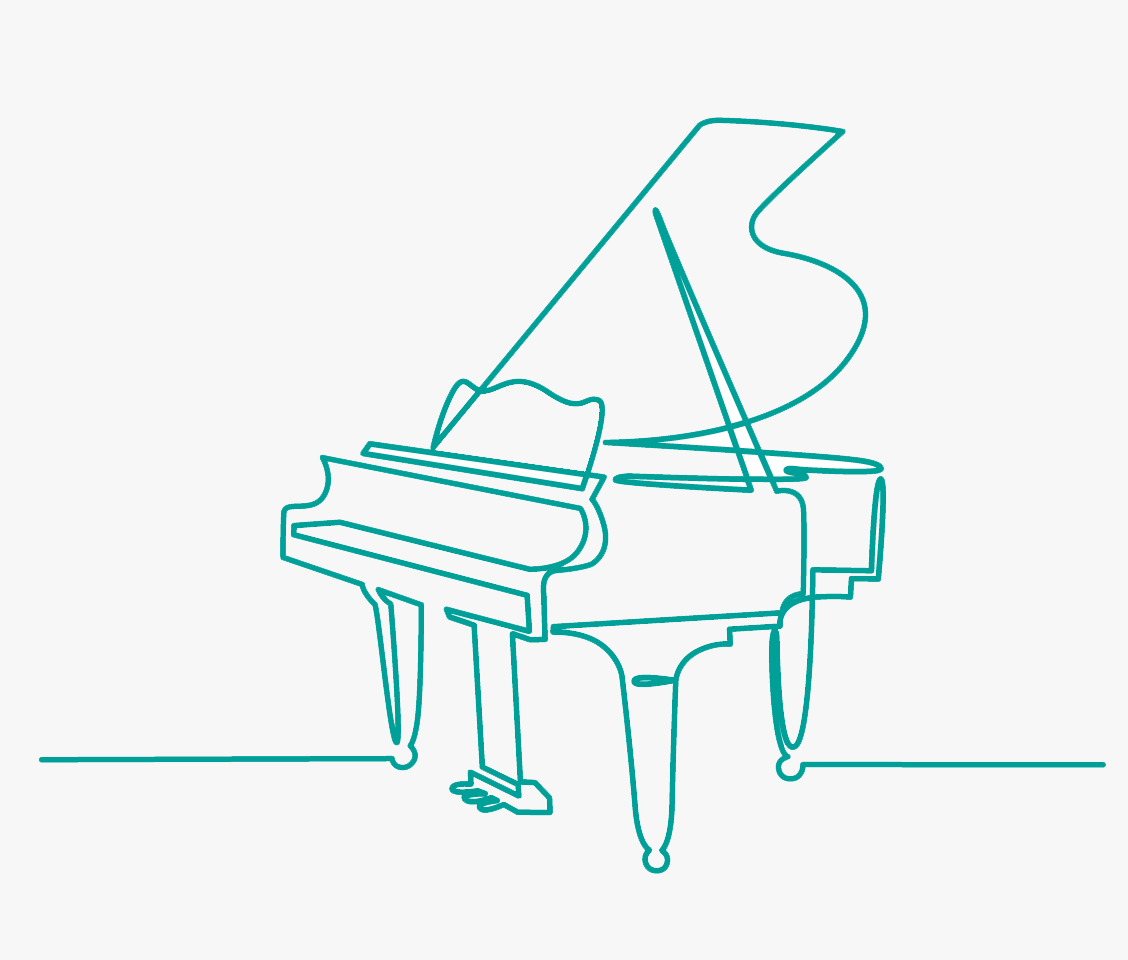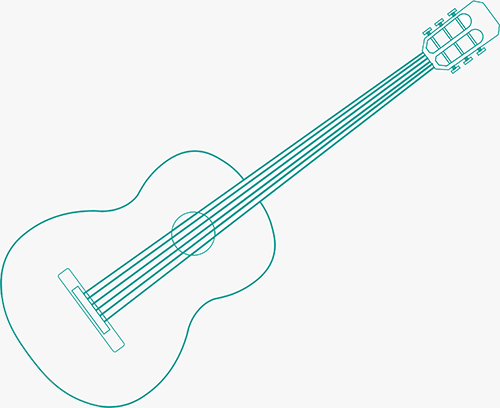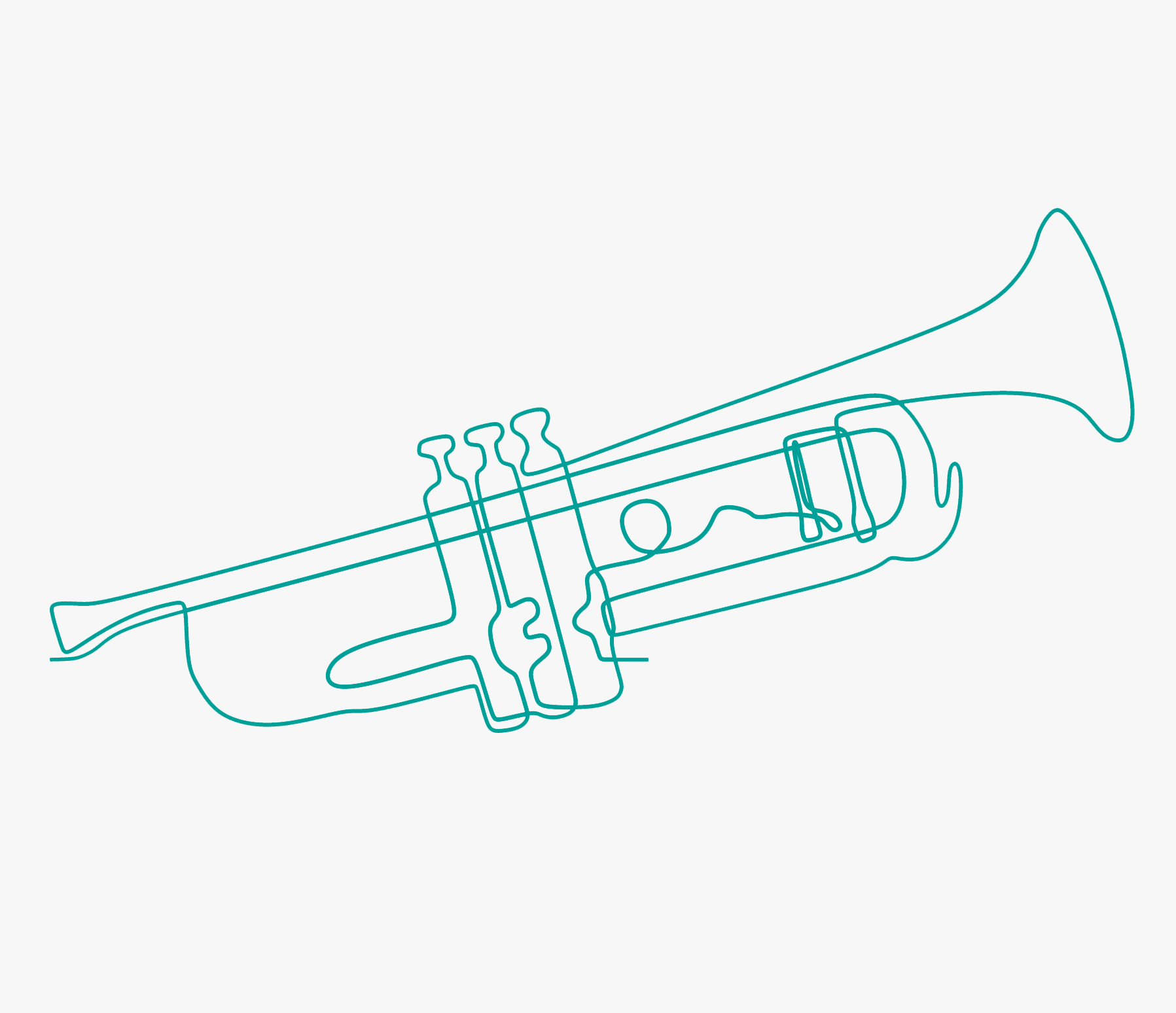Rondeau Brillant, or Invitation to the Dance, a fast moving concert waltz. Copyist R.A.W.
Type:
Original: | Skill Level (1 - 9): 8 | Genre: Repertoire |
Op.10a. No.1, Sonata in F: 2nd movement: Romanze. The sonata is from the first of two sets of 3 progressive sonatas, both named Op.10. However Weber had already published a set of piano sonatas under Op.10, therefore these sonatas are often known as Op.10a or Op.10b. Originally for violin and piano, this arrangement is for a Guitar Duo.
Type:
Arrangement | Skill Level (1 - 9): 5 | Genre: |
Op.10a. No.1, Sonata in F: 2nd movement: Romanze. The sonata is from the first of two sets of 3 progressive sonatas, both named Op.10. However Weber had already published a set of piano sonatas under Op.10, therefore these sonatas are often known as Op.10a or Op.10b. Originally for violin and piano, this arrangement is a duo for Clarinet and Guitar.
Type:
Arrangement | Skill Level (1 - 9): 5 | Genre: |
Op.10a. No.1, Sonata in F: 2nd movement: Romanze. The sonata is from the first of two sets of 3 progressive sonatas, both named Op.10. However Weber had already published a set of piano sonatas under Op.10, therefore these sonatas are often known as Op.10a or Op.10b. Originally for violin and piano, this arrangement is for Clarinet and Piano.
Type:
Arrangement | Skill Level (1 - 9): 5 | Genre: |
Op.10a. No.1, Sonata in F: 2nd movement: Romanze. The sonata is from the first of two sets of 3 progressive sonatas, both named Op.10. However Weber had already published a set of piano sonatas under Op.10, therefore these sonatas are often known as Op.10a or Op.10b. Originally for violin and piano, this arrangement is for Flute and Guitar duo.
Type:
Arrangement | Skill Level (1 - 9): 5 | Genre: |
Op.10a. No.1, Sonata in F: 2nd movement: Romanze. The sonata is from the first of two sets of 3 progressive sonatas, both named Op.10. However Weber had already published a set of piano sonatas under Op.10, therefore these sonatas are often known as Op.10a or Op.10b. Originally for violin and piano, this arrangement is in D major, for Flute and Guitar duo.
Type:
Arrangement | Skill Level (1 - 9): 5 | Genre: |
Op.10a. No.1, Sonata in F: 2nd movement: Romanze. The sonata is from the first of two sets of 3 progressive sonatas, both named Op.10. However Weber had already published a set of piano sonatas under Op.10, therefore these sonatas are often known as Op.10a or Op.10b. Originally for violin and piano, this arrangement is for Descant recorder and Guitar duo.
Type:
Arrangement | Skill Level (1 - 9): 5 | Genre: |
Op.10a. No.1, Sonata in F: 2nd movement: Romanze. The sonata is from the first of two sets of 3 progressive sonatas, both named Op.10. However Weber had already published a set of piano sonatas under Op.10, therefore these sonatas are often known as Op.10a or Op.10b. Originally for violin and piano, this arrangement is for Trumpet and Piano.
Type:
Arrangement | Skill Level (1 - 9): 5 | Genre: Weddings |
Op.10a. No.1, Sonata in F: 2nd movement: Romanze. The sonata is from the first of two sets of 3 progressive sonatas, both named Op.10. However Weber had already published a set of piano sonatas under Op.10, therefore these sonatas are often known as Op.10a or Op.10b. Originally for violin and piano, this arrangement is a duo for Viola and Guitar.
Type:
Arrangement | Skill Level (1 - 9): 5 | Genre: |
Op.10a. No.1, Sonata in F: 2nd movement: Romanze. The sonata is from the first of two sets of 3 progressive sonatas, both named Op.10. However Weber had already published a set of piano sonatas under Op.10, therefore these sonatas are often known as Op.10a or Op.10b. Originally for violin and piano, this arrangement is a duo for Violin and Guitar.
Type:
Arrangement | Skill Level (1 - 9): 5 | Genre: |
Op.10a. No.1, Sonata in F: 2nd movement: Romanze for Violin or Flute. The sonata is from the first of two sets of 3 progressive sonatas, both named Op.10. However Weber had already published a set of piano sonatas under Op.10, therefore these sonatas are often known as Op.10a or Op.10b. Originally for violin and piano, but can also be played by the flute.
Type:
Arrangement | Skill Level (1 - 9): 5 | Genre: Repertoire |
For this Theme Weber used the aria, Warum musst ich je erblikken, from his opera, Silvana, to write a series of variations for clarinet and piano.
Type:
Arrangement | Skill Level (1 - 9): 6 | Genre: Repertoire |
Third Variation from Op. 33, originally for clarinet but arranged here for violin and piano.
Type:
Arrangement | Skill Level (1 - 9): 8 | Genre: Repertoire |
First Variation from Op. 33, originally for clarinet but arranged here for violin and piano
Type:
Arrangement | Skill Level (1 - 9): 6 | Genre: Repertoire |
For this Theme Weber used the aria, Warum musst ich je erblikken, from his opera, Silvana, to write a series of variations for clarinet and piano.
Type:
Original: | Skill Level (1 - 9): 3 | Genre: Repertoire |
First Variation from Op. 33 for clarinet and piano.
Type:
Original: | Skill Level (1 - 9): 6 | Genre: Repertoire |
Second Variation from Op. 33 for clarinet. This variation is a piano solo while the instrumentalist has a rest.
Type:
Original: | Skill Level (1 - 9): 7 | Genre: Repertoire |
Second Variation from Op. 33. This variation was written as a piano solo while the clarinet has a rest, but this arrangement is for those who would like to play it as a clarinet and piano piece.
Type:
Arrangement | Skill Level (1 - 9): 7 | Genre: Repertoire |
Third Variation from Op. 33. This variation has an alternative version by Heinrich Baermann, who Weber wrote this work for. Some people play the Weber version first, and the Baermann version for the repeats.
Type:
Original: | Skill Level (1 - 9): 8 | Genre: Repertoire |
Fourth Variation from Op. 33. This variation is a piano solo which goes like the wind, so it is only suitable for confident pianists. The clarinet is again silent during this variation.
Type:
Original: | Skill Level (1 - 9): 8 | Genre: Repertoire |








